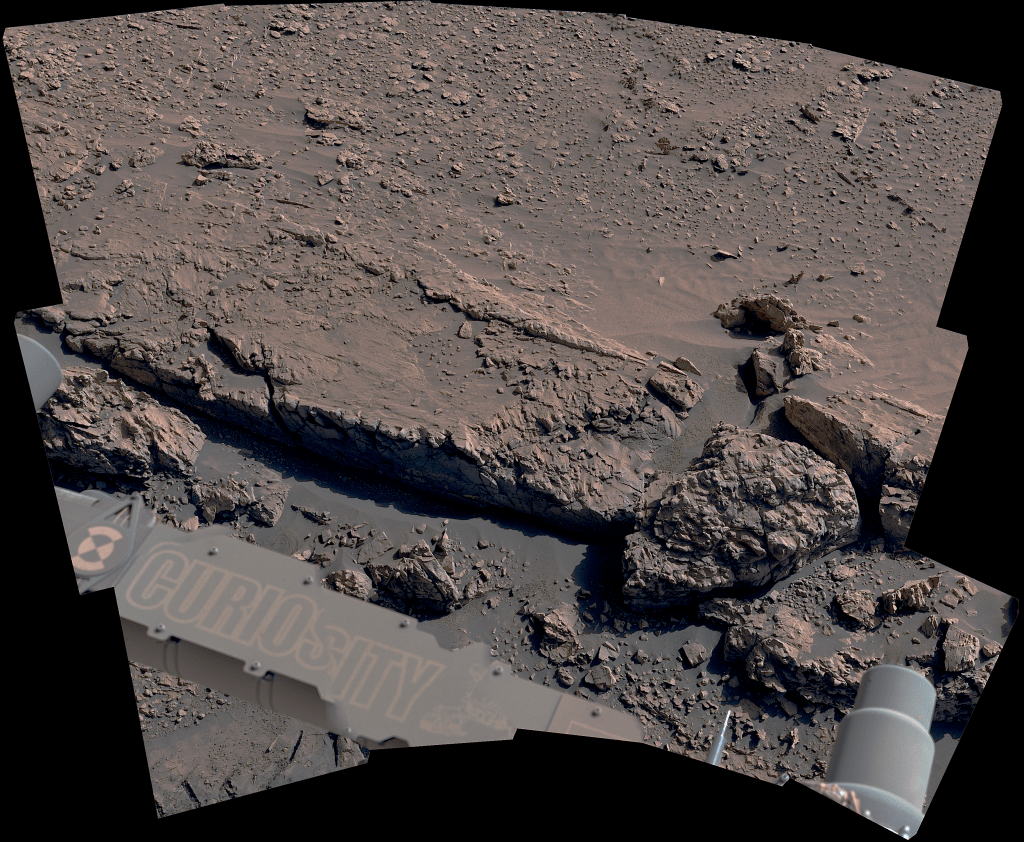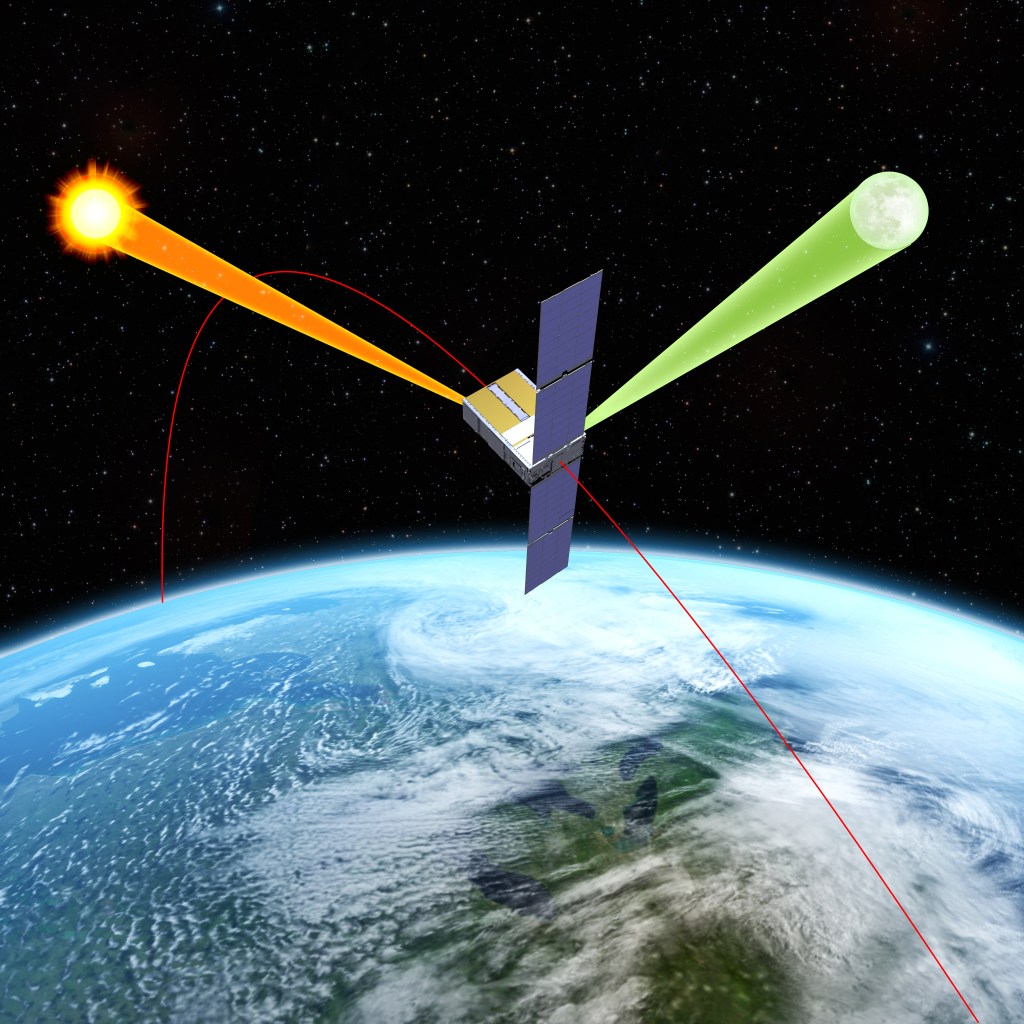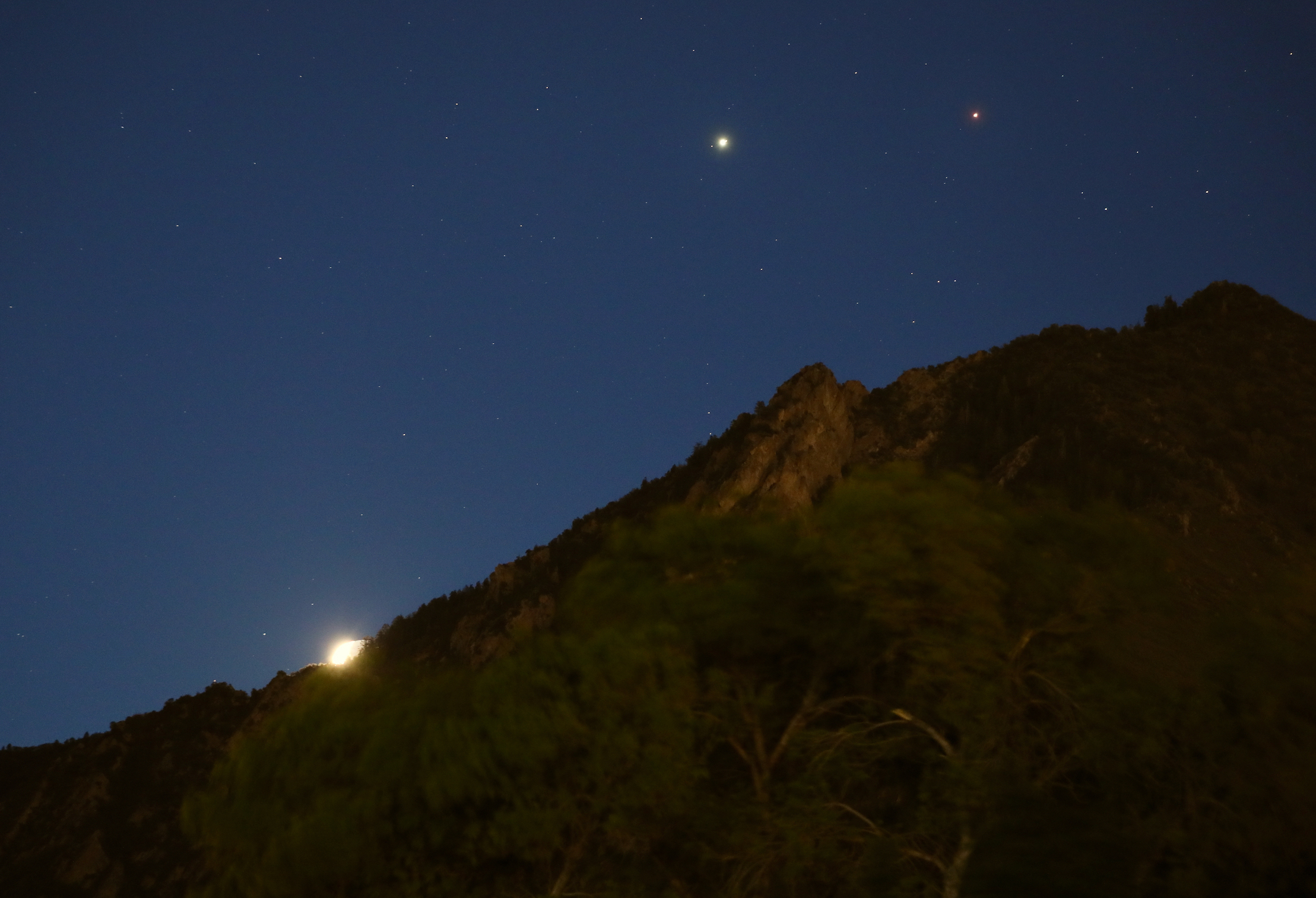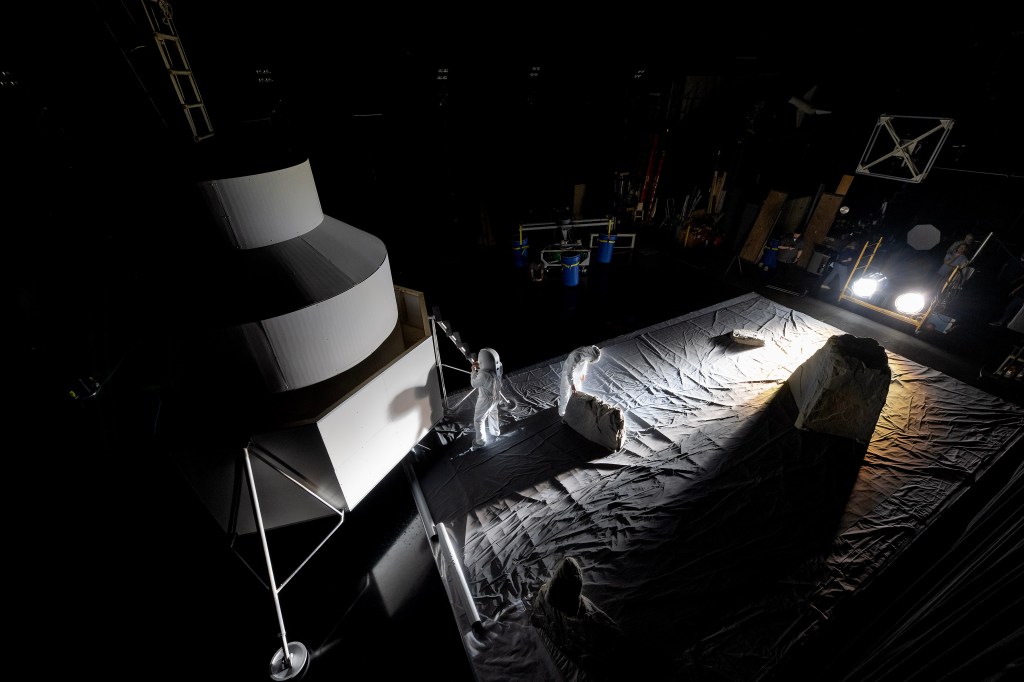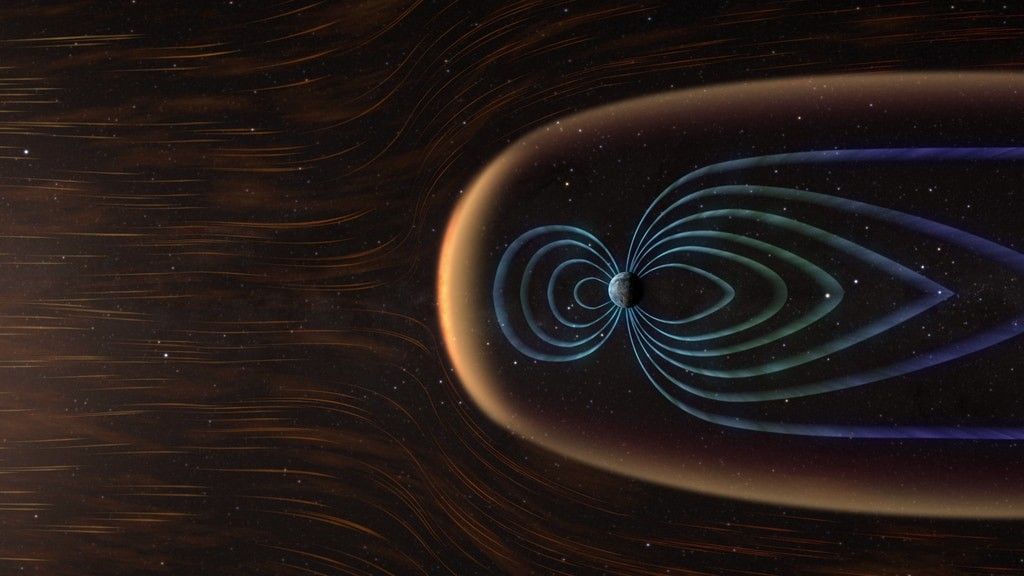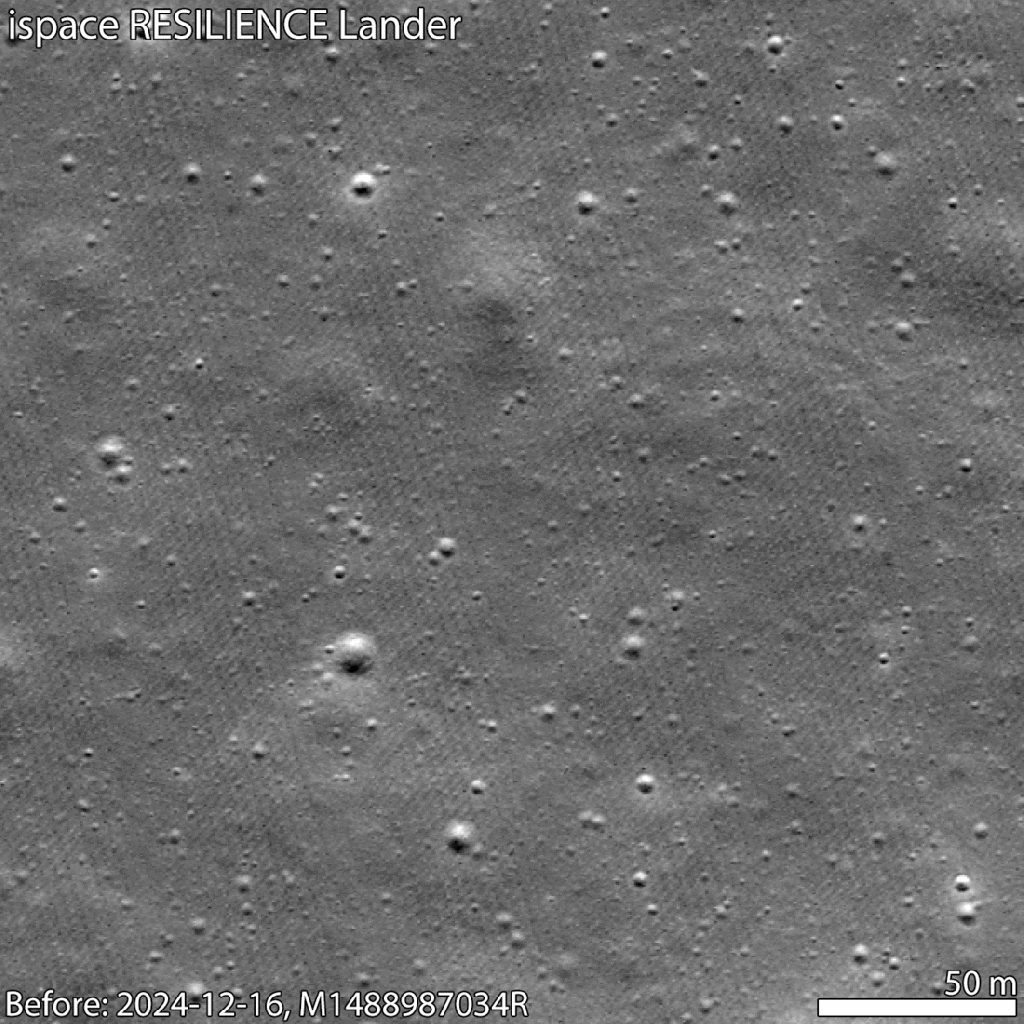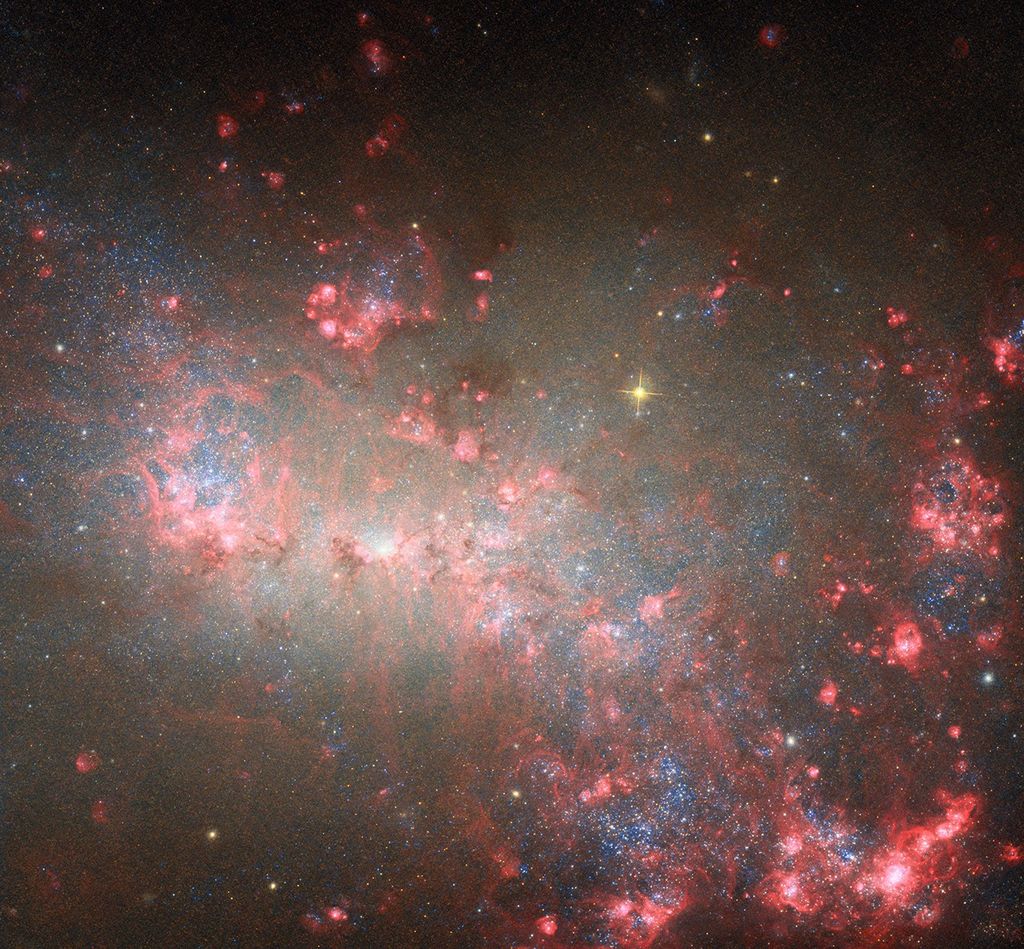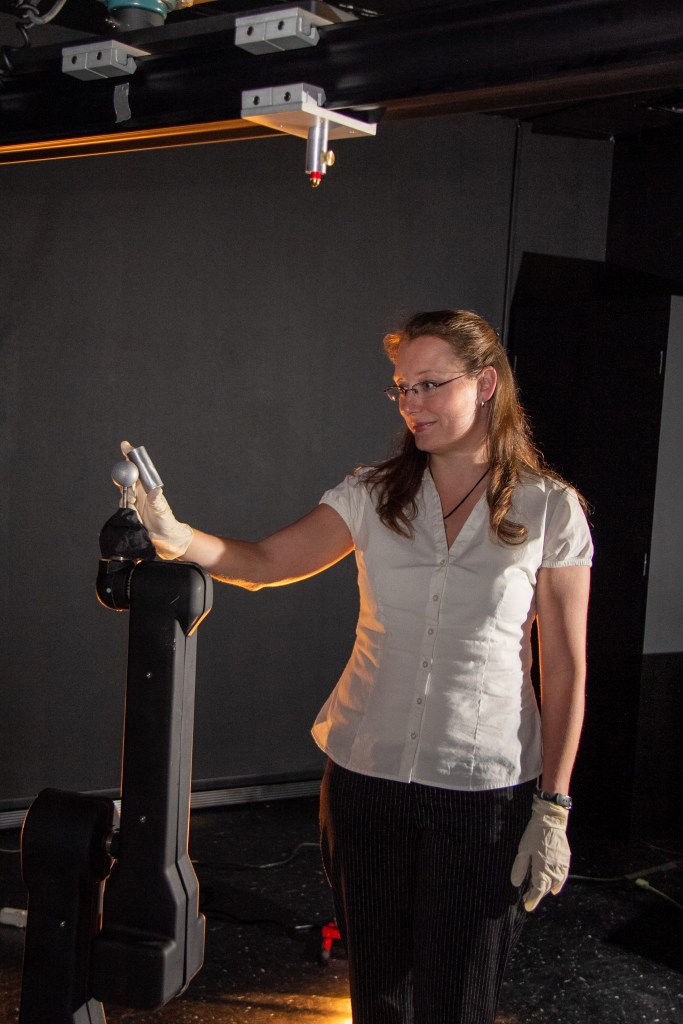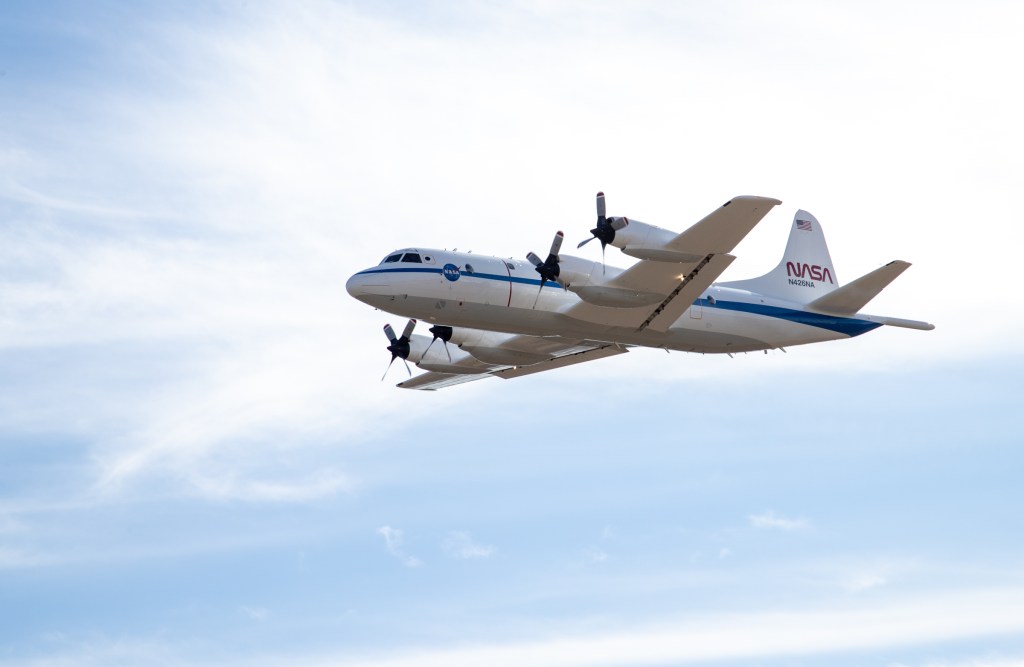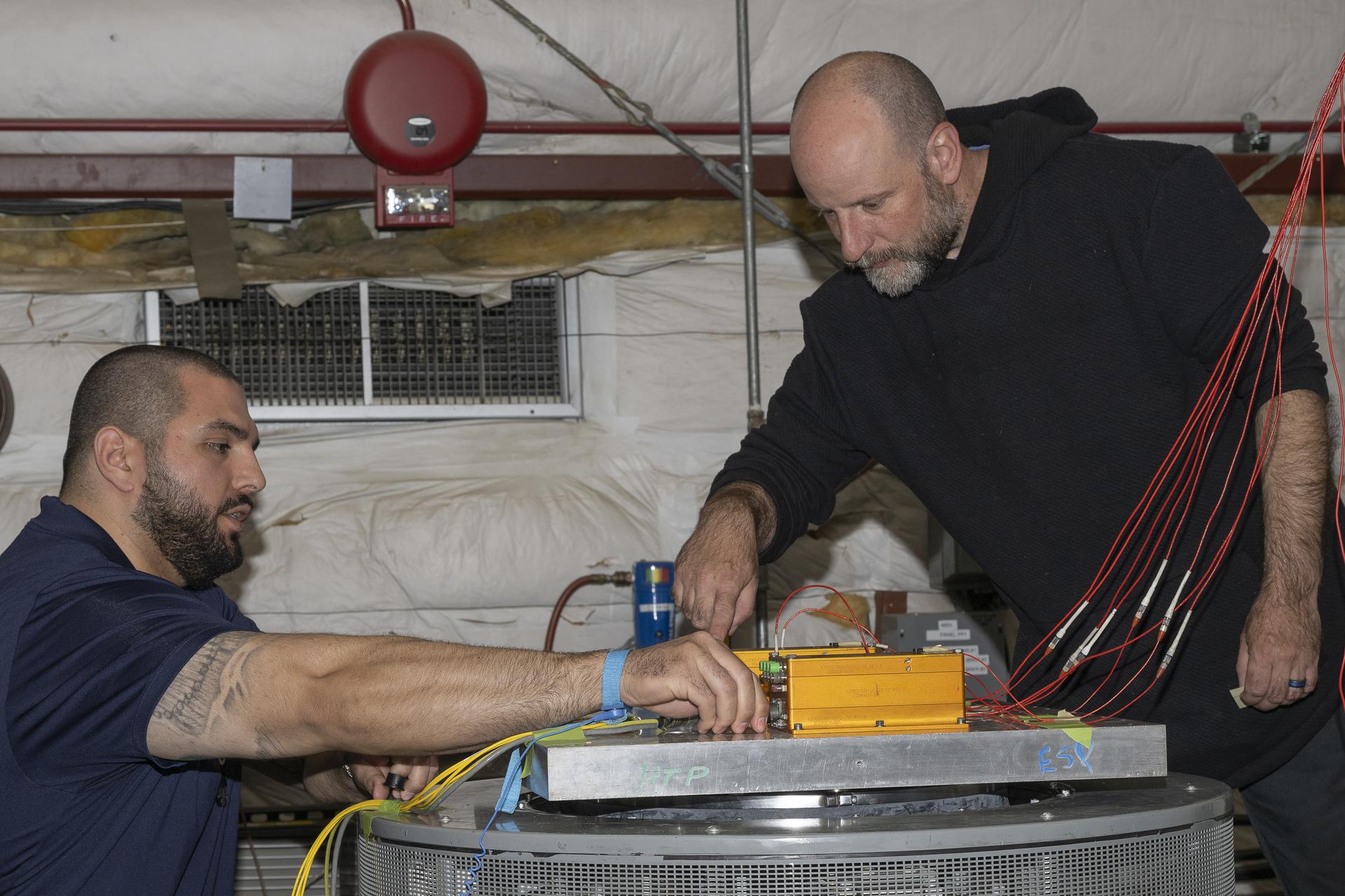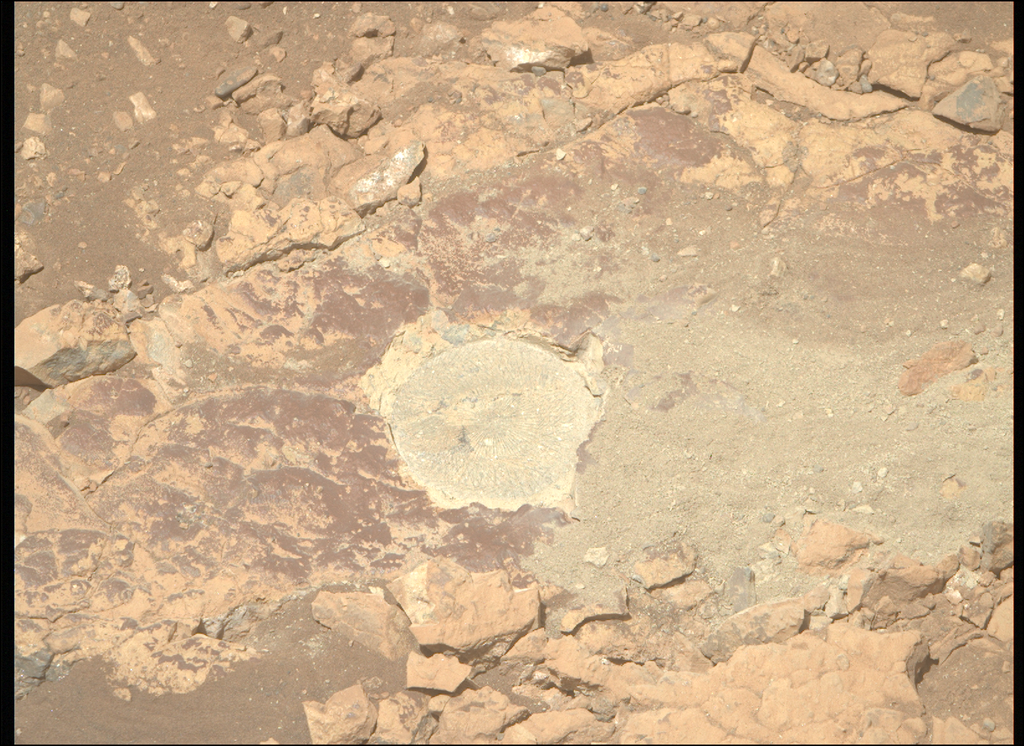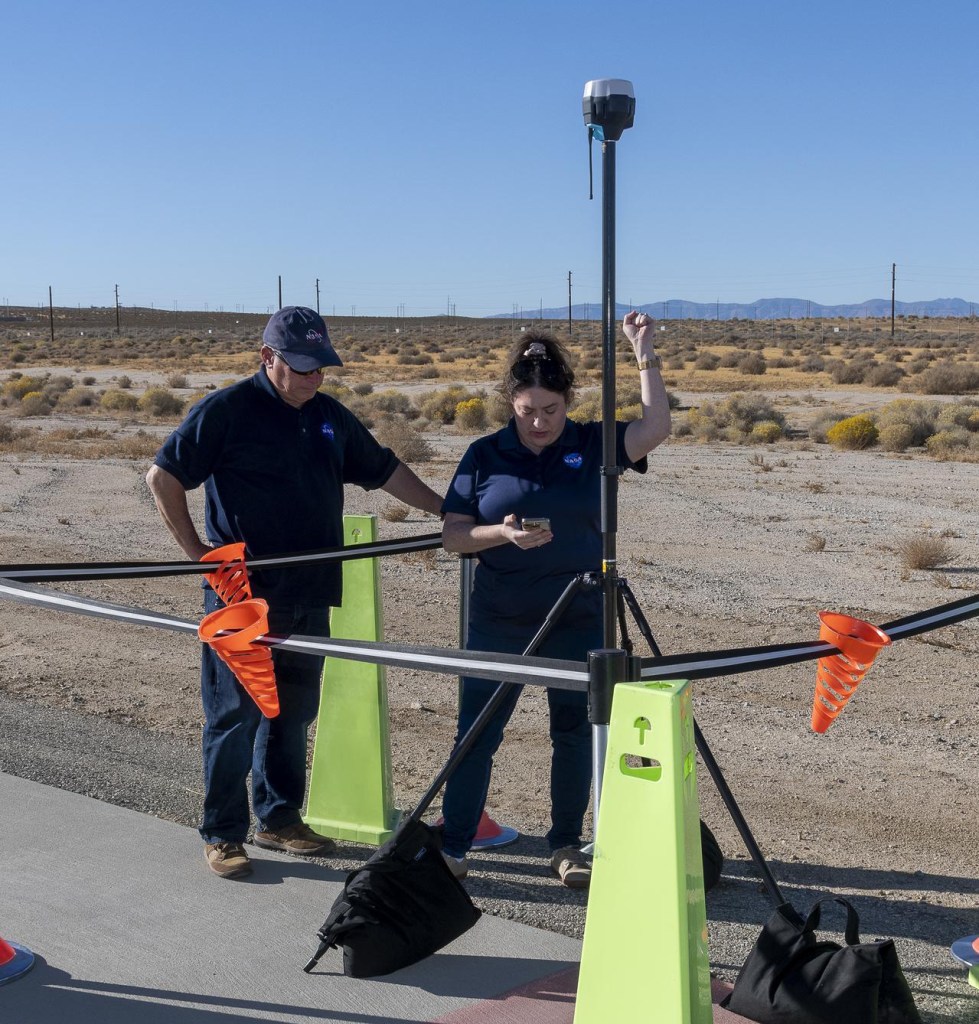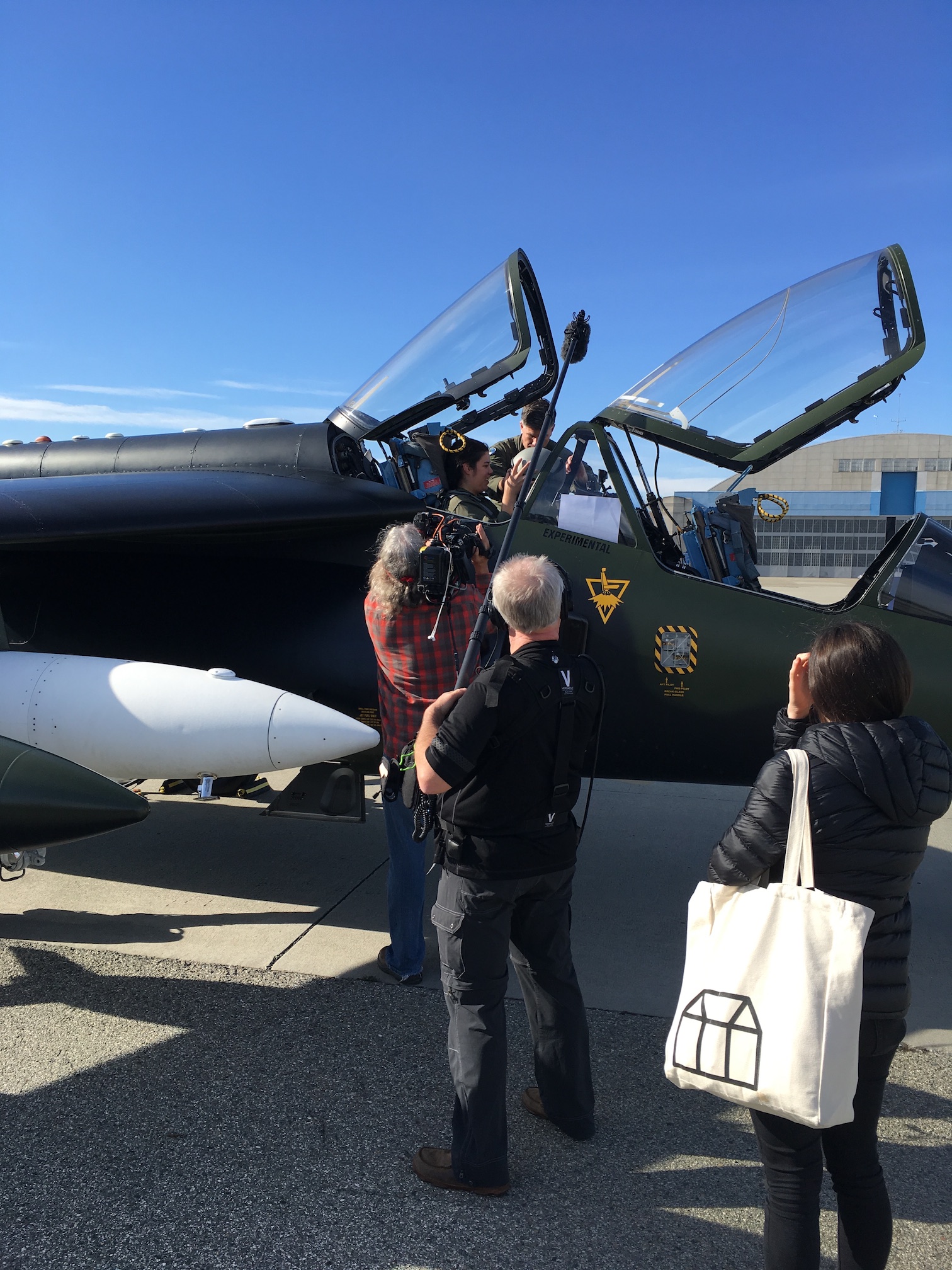Current Highlights
- ATom (Atmospheric Tomography Mission) Project Manager Dave Jordan and his Deputy Erin Czech are visiting Recife, Brazil from Jan. 27-Feb. 2, 2018 to assess it as a stopover site for the 2018 ATom-4 mission replacing Ascension Island because of airport issue. They are meeting with U.S. Consulate staff in Recife and will arrange the necessary aircraft ground handling and transportation for the ATom Team that will arrive on the aircraft. https://espo.nasa.gov/atom
- Crew from Discovery Canada visited Ames Research Center on Jan. 29-30, 2018 to feature the Alpha Jet Atmospheric eXperiment (AJAX) in a future broadcast. They taped interview with Laura Iraci and AJAX Team members in the laboratory and the flight line preparing for science flight #217. The Team appreciates Darryl Waller (PAO) for his assistance in the visit. For more information on the Alpha Jet Atmospheric eXperiment visit here.
New Publications:
- Christopher Potter has published a paper in the peer-reviewed journal Carbon Balance and Management titled “Ecosystem carbon emissions from 2015 forest fires in interior Alaska“.
Download available at:
Summary: In the summer of 2015, hundreds of wildfires burned across the state of Alaska, and consumed more than 1.6 million ha of boreal forest and wetlands in the Yukon–Koyukuk region. Mapping of 113 large wildfires using Landsat satellite images from before and after 2015 indicated that nearly 60% of this area was burned at moderate-to-high severity levels. Field measurements near the town of Tanana on the Yukon River were carried out in July of 2017 in both unburned and 2015 burned forested areas (nearly adjacent to one-another) to visually verify locations of different Landsat burn severity classes (low, moderate, or high; LBS, MBS, HBS). Measurements in forest sites showed that soil temperature profiles to 30 cm depth at burned forest sites were higher by an average of 8–10 °C compared to unburned forest sites. Sampling and laboratory analysis indicated a 65% reduction in soil carbon content and a 58% reduction in soil nitrogen content in severely burned sample sites compared to soil mineral samples from nearby unburned spruce forests. Combined with nearly unprecedented forest areas severely burned in the Interior region of Alaska in 2015, total ecosystem fire-related losses of carbon to the atmosphere exceeded most previous estimates for the state, owing mainly to inclusion of potential “mass wasting” and decomposition in the mineral soil carbon layer in the two years following these forest fires.
- Holben, B. N., J. Kim, I. Sano, S. Mukai, T. F. Eck, D. M. Giles, J. S. Schafer, A. Sinyuk, I. Slutsker, A. Smirnov, M. Sorokin, B. E. Anderson, H. Che, M. Choi, J. E. Crawford, R. A. Ferrare, M. J. Garay, U. Jeong, M. Kim, W. Kim, N. Knox, Z. Li, H. S. Lim, Y. Liu, H. Maring, M. Nakata, K. E. Pickering, S. Piketh, J. Redemann, J. S. Reid, S. Salinas, S. Seo, F. Tan, S. N. Tripathi, O. B. Toon, and Q. Xiao (2018), An overview of mesoscale aerosol processes, comparisons, and validation studies from DRAGON networks, Atmos. Chem. Phys., 18, 655-671. (Earth science authors in bold)
Abstract: Over the past 24 years, the AErosol Robotic NETwork (AERONET) program has provided highly accurate remote-sensing characterization of aerosol optical and physical properties for an increasingly extensive geographic distribution including all continents and many oceanic island and coastal sites. The measurements and retrievals from the AERONET global network have addressed satellite and model validation needs very well, but there have been challenges in making comparisons to similar parameters from in situ surface and airborne measurements. Additionally, with improved spatial and temporal satellite remote sensing of aerosols, there is a need for higher spatial-resolution ground-based remote-sensing networks. An effort to address these needs resulted in a number of field campaign networks called Distributed Regional Aerosol Gridded Observation Networks (DRAGONs) that were designed to provide a database for in situ and remote-sensing comparison and analysis of local to mesoscale variability in aerosol properties. This paper describes the DRAGON deployments that will continue to contribute to the growing body of research related to meso- and microscale aerosol features and processes. The research presented in this special issue illustrates the diversity of topics that has resulted from the application of data from these networks.

